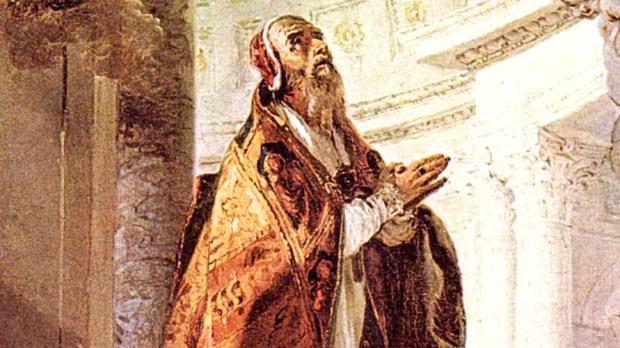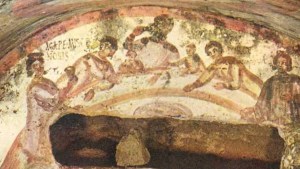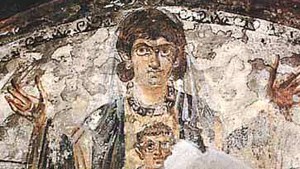During the first few centuries of Christianity, a custom began among various Christians of always facing the East when praying.
This is found throughout the writings of the Early Church, such as the Didascalia Apostolorum, composed between 200 and 250.
For it is required that you pray toward the East, as knowing that which is written: Give ye glory to God, who rideth upon the heaven of heavens toward the east.
Interestingly, St. Basil the Great wrote in the 4th century, in his letter De Spiritu Sancto, a lament, complaining that people had forgotten why they always faced east during prayer.
What writing has taught us to turn to the East at the prayer?… Thus we all look to the East at our prayers, but few of us know that we are seeking our own old country, Paradise, which God planted in Eden in the East.
Symbolism of the East
East is the direction of the sunrise and was naturally associated with various Christian imagery.
For example, east was first seen as a symbol of Christ, the “light of the world,” and the direction of his Second Coming.
The sunrise was also associated with the Resurrection, as it is written in the Gospels that Christ rose from the dead at dawn.
Furthermore, east was also connected to Paradise and Heaven. As mentioned above by St. Basil the Great, God “planted a garden in Eden, in the east; and there he put the man whom he had formed” (Genesis 2:8).
Even other parts of the Old Testament mention facing the East to meet the Lord.
Look toward the east, O Jerusalem,
Baruch 4:36
and see the joy that is coming to you from God!
Praying facing the East was a common practice in the early Church and was maintained by both Roman Catholics and Orthodox Christians for many centuries.



